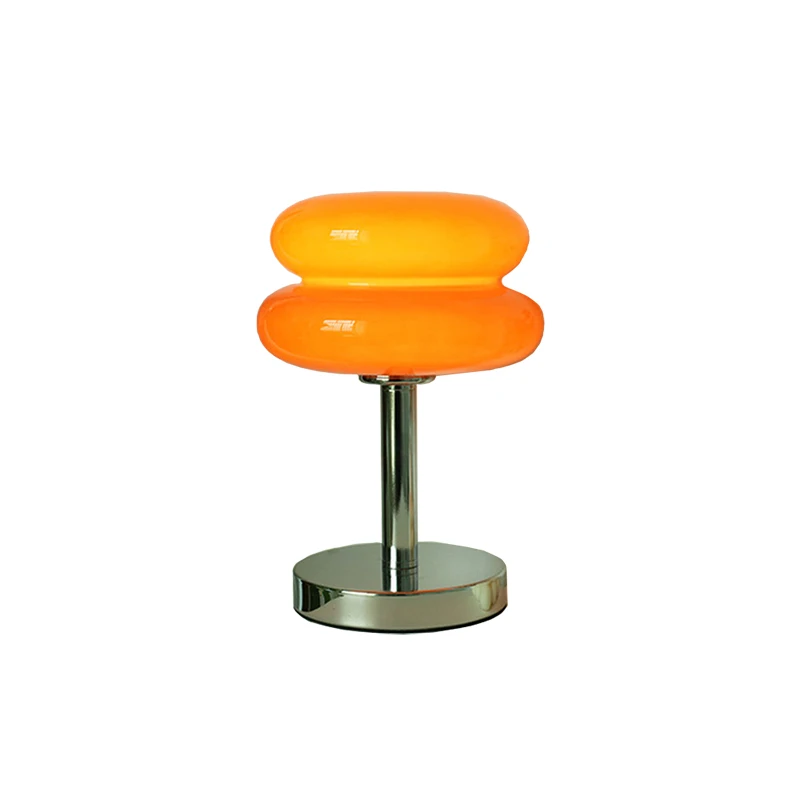
LEAFLETS
PRODUCTS
The Trolley Handle Its Design And Its Impact A Look At The History Materials And Engineering Involved In Creating This Essential Piece Of Equipment For Various Industries
A Brief History of the Trolley Handle
The earliest forms of trolley handles were as basic as the carts themselves. Early mining operations, for example, relied on simple wooden or metal bars attached to the carts to facilitate movement. These were largely functional, with little consideration given to ergonomics or comfort. As industrialization progressed and trolley systems became more sophisticated, so did the handles. The advent of mass production in the late 19th and early 20th centuries allowed for more standardized and, albeit slightly, improved designs. Early examples often featured cast iron or steel, reflecting the available materials and manufacturing capabilities of the time.
The development of more robust and durable materials, particularly alloys and specialized steels, led to handles capable of withstanding greater stress and strain. This was crucial as trolleys became larger and carried heavier loads. The rise of electric trolleys and overhead crane systems further necessitated improvements in handle design, emphasizing strength, grip, and safety features to prevent accidental slippage or detachment.
The mid-20th century saw a greater focus on ergonomics. Research into human factors and biomechanics influenced handle design, leading to shapes and grips that minimized hand fatigue and maximized control. This era also witnessed the introduction of new materials such as plastics and rubber, allowing for greater flexibility in design and increased comfort.
Materials Selection and its Impact
The choice of material for a trolley handle is critical, balancing factors like strength, durability, resistance to corrosion, weight, and cost. Early handles often used cast iron or steel due to their readily availability and strength. However, these materials could be heavy and prone to rust, especially in damp or corrosive environments.
The introduction of steel alloys provided a significant improvement, offering higher tensile strength and resistance to fatigue. Stainless steel, in particular, became popular due to its corrosion resistance. However, steel remains relatively heavy, prompting the investigation of lighter alternatives.
Aluminum alloys emerged as a viable option, offering a good balance between strength and weight. They are also relatively corrosion-resistant, although not as much as stainless steel. Plastics, such as high-impact polystyrene or polypropylene, offer significant weight advantages and can be molded into complex shapes for better ergonomics. However, their strength and durability may be less than metals, particularly under high stress.
Modern trolley handles often incorporate a combination of materials. For instance, a steel core might be encased in a plastic or rubber grip to enhance comfort and prevent slippage. This approach allows for the optimization of material properties to meet specific needs.
Engineering Considerations in Trolley Handle Design
The design of a trolley handle goes beyond simply choosing a material. Engineers must consider several crucial aspects, including ergonomics, strength, safety, and manufacturability. Ergonomics is paramount, ensuring a comfortable and secure grip that minimizes hand fatigue and prevents strain injuries. This involves optimizing handle diameter, shape, and texture to match the size and strength of the user’s hand.
Strength and durability are essential to ensure the handle can withstand the forces exerted during operation. Finite element analysis (FEA) is often used to simulate loading conditions and optimize the handle design for maximum strength with minimum weight. Safety is crucial; sharp edges and protruding parts must be avoided to prevent injuries. The handle must also be securely attached to the trolley to prevent detachment during operation.
Manufacturability is a key consideration. The design should be suitable for efficient and cost-effective production. This involves choosing materials and manufacturing processes that are readily available and cost-effective. The handle's design should also minimize the number of parts and assembly steps to reduce production time and costs.
The Impact Across Industries
Trolley handles are integral components in a wide range of industries. In warehousing and logistics, they facilitate the efficient movement of goods. In manufacturing, they are essential for moving materials and components within production lines. In mining and construction, they play a vital role in transporting heavy loads.
The design and functionality of trolley handles directly affect worker productivity and safety. Ergonomically designed handles reduce the risk of musculoskeletal disorders, improving worker well-being and reducing lost workdays. Robust and reliable handles contribute to the overall efficiency of material handling processes. Ultimately, a well-designed trolley handle minimizes downtime and maximizes the efficiency of operations across various industrial sectors.
Ongoing research continues to improve trolley handle design. Advancements in materials science and manufacturing techniques are constantly opening up new possibilities for creating even stronger, lighter, and more ergonomic handles. This commitment to innovation ensures that this seemingly insignificant component continues to contribute to efficiency and safety in the diverse applications it serves.
SUBSCRIBE
INQUIRY


